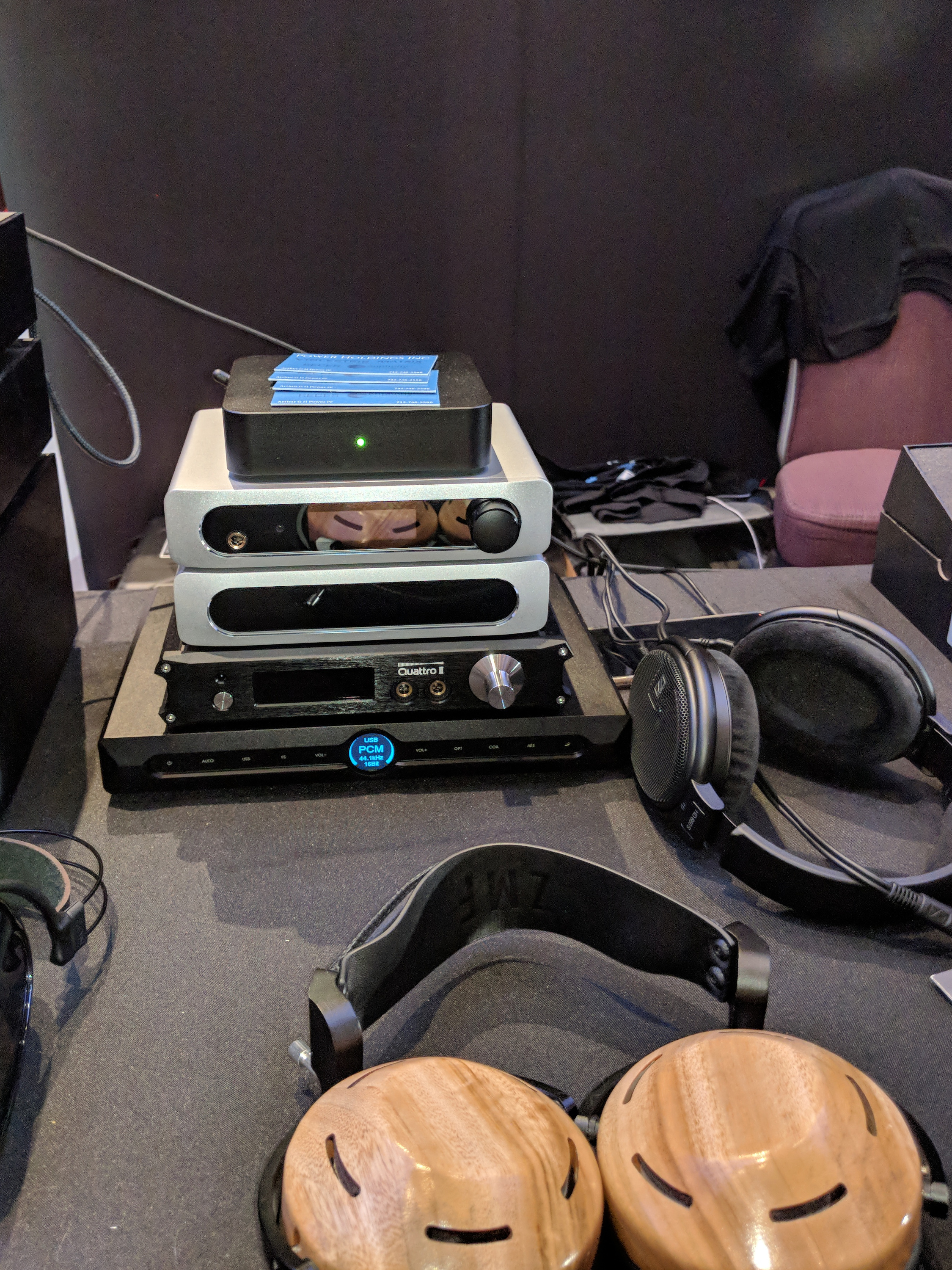DarKu
Reviewer at Soundnews
Team X-Sabre Pro, I need your help.
I am using an iMac via USB to my X-Sabre Pro, I'm mostly listening to Tidal HiFi and I have a problem that bothers me: it doesnt work in Exclusive Mode with my X-Sabre Pro, as I hear a very annoying noise/hiss and no music at all.
I tried all possible combinations of these 3 settings: Exclusive Mode, Force DAC to maximum volume, disable MQA decoding, but any change I do when I engage Exclusive Mode I get lots of noise/static and no sound. Disabling Exclusive Mode makes my DAC sing again.
Ideas what should I check?
I have the latest firmware (1.82 I believe) and XMOS (6.60)
PS: In MIDI Audio setup it is left at 32 bit 384 Khz integer mode.
Any help will be much appreciated.
I am using an iMac via USB to my X-Sabre Pro, I'm mostly listening to Tidal HiFi and I have a problem that bothers me: it doesnt work in Exclusive Mode with my X-Sabre Pro, as I hear a very annoying noise/hiss and no music at all.
I tried all possible combinations of these 3 settings: Exclusive Mode, Force DAC to maximum volume, disable MQA decoding, but any change I do when I engage Exclusive Mode I get lots of noise/static and no sound. Disabling Exclusive Mode makes my DAC sing again.
Ideas what should I check?
I have the latest firmware (1.82 I believe) and XMOS (6.60)
PS: In MIDI Audio setup it is left at 32 bit 384 Khz integer mode.
Any help will be much appreciated.
























